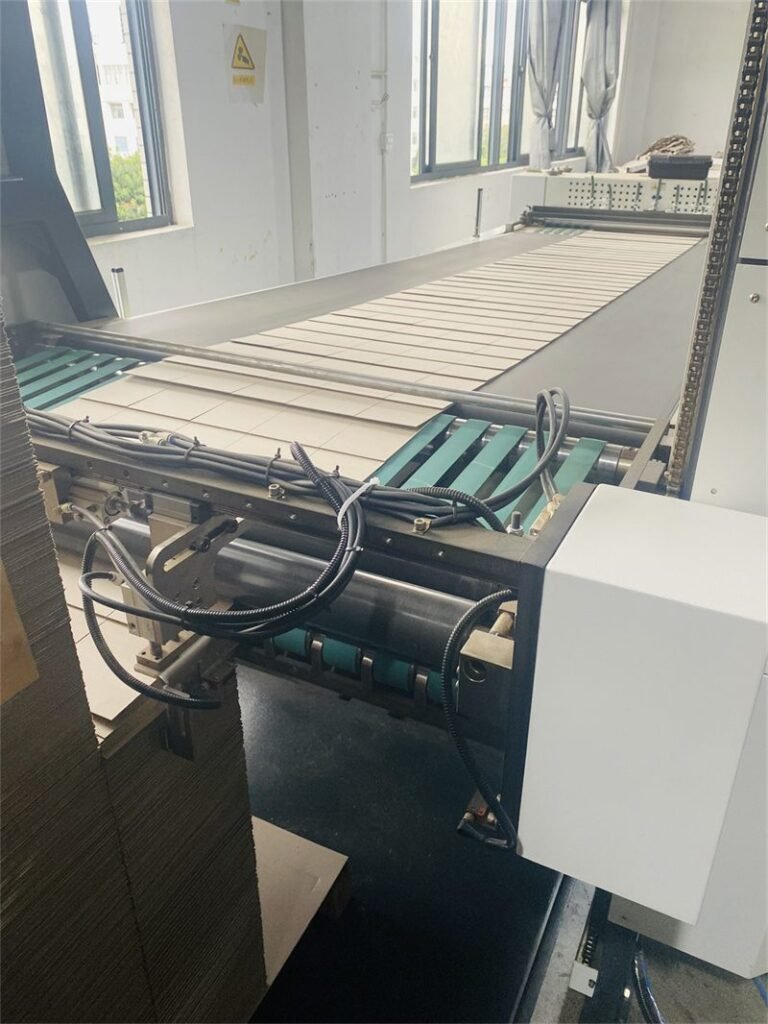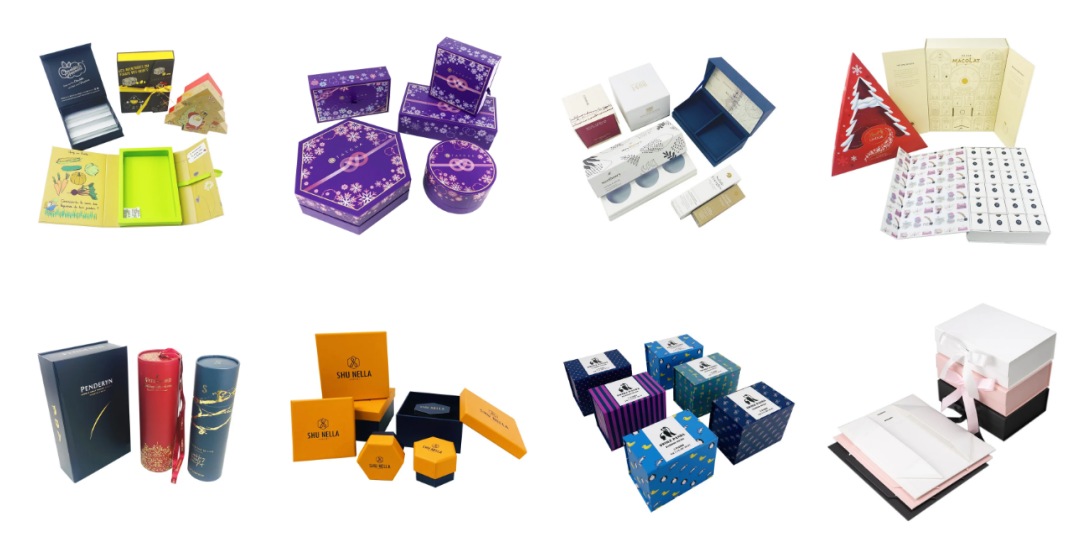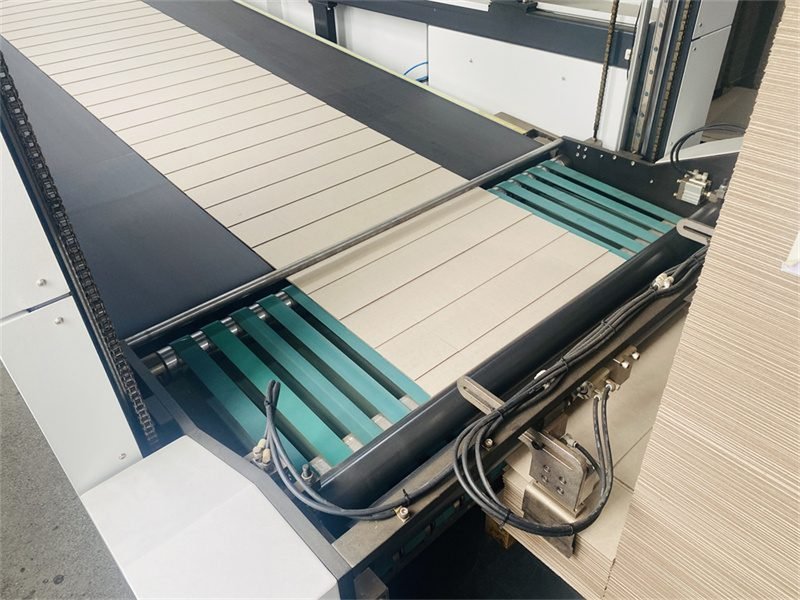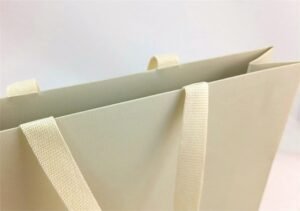You’ve probably noticed the many beautiful and elegant custom rigid boxes used for cosmetic packaging in shopping malls, beauty stores, or flower shops. These stunning boxes always make a strong impression. But have you ever wondered what raw materials create such luxurious packaging?
One of the key materials is greyboard — the sturdy foundation behind most custom paper boxes.
What Is Greyboard?
Greyboard is the core structure of rigid paper boxes. It’s usually wrapped with premium papers such as C1S paper, C2S paper, or art paper to create the desired surface finish.
For more details about different paper materials, visit our paper packaging know-how page
In the packaging industry, greyboard paper is commonly divided into three main categories, based on raw materials, stiffness, and application needs.
- Recycled Greyboard – The most common type, made by compressing recycled waste paper. It offers excellent cost efficiency and moderate stiffness, making it ideal for standard packaging boxes, gift box inserts, or inner supports.
- Pure Wood Pulp Greyboard – Produced entirely from virgin wood pulp, this option provides a smoother surface, stronger fiber structure, and great fold resistance. It’s often chosen for luxury boxes, cosmetic packaging, and other high-end products that require precise printing and a premium look.
- Composite Greyboard – Created by laminating multiple layers of paper materials. This method allows flexible control of thickness, rigidity, and surface texture, making it perfect for heavy-duty packaging, structural boxes, or custom-shaped cartons.


What is the thickness of greyboard in China?
Greyboard is usually measured in GSM (grams per square meter) or millimeters. The higher the GSM or thickness, the stiffer and more durable the board becomes. Common thicknesses range from 0.8mm to 3.0mm, and we can laminate multiple sheets to achieve custom sizes for different box structures.
Here’s a general reference chart for greyboard thickness and GSM equivalents:
| Greyboard Thickness (mm) | Approx. Weight (GSM) | Recommended Applications |
|---|---|---|
| 0.8 – 1.0 mm | 500 – 600 GSM | Light inserts, small folding boxes |
| 1.2 – 1.5 mm | 700 – 850 GSM | Cosmetic boxes, notebook covers |
| 1.8 – 2.0 mm | 1000 – 1200 GSM | Standard rigid boxes, gift box lids |
| 2.2 – 2.5 mm | 1250 – 1400 GSM | Magnetic closure boxes, luxury packaging |
| 2.8 – 3.0 mm | 1500 – 1700 GSM | Heavy-duty packaging, wine or shoe boxes |
| 3.5 mm and above | 2000+ GSM | Large structural boxes, industrial packaging |
Note: The actual GSM may vary slightly depending on the manufacturer and paper density.
Choosing the Best Greyboard for Your Project
When you select greyboard, consider these key factors:
- Box size and weight capacity
- Desired surface finish (covered with coated paper, specialty paper, or printed sheets)
- Budget and sustainability goals
- End-use environment (e.g., humidity resistance for storage or shipping)

Besides material and thickness, the cutting direction of the greyboard also plays a critical role in determining the box’s shape and rigidity while creating cosmetic packaging, luxury gift boxes, and foldable rigid boxes. If the fiber direction is not aligned properly, it can lead to warping, deformation, or uneven edges after lamination and assembly.
We solve this with our automatic greyboard sheeting machine, which trims every sheet precisely and evenly — no die-cutting required. This advanced system replaces traditional guillotine cutting methods, bringing higher accuracy, consistency, and speed. As a result, every box component aligns perfectly during lamination and assembly, ensuring clean edges, sharp corners, and a flawless finish for luxury packaging.
With over 20 years of production experience, our team understands how these small details make a big difference. From the choice of material to the direction of each cut, we make sure every piece of greyboard supports your packaging’s quality, stability, and visual appeal.




